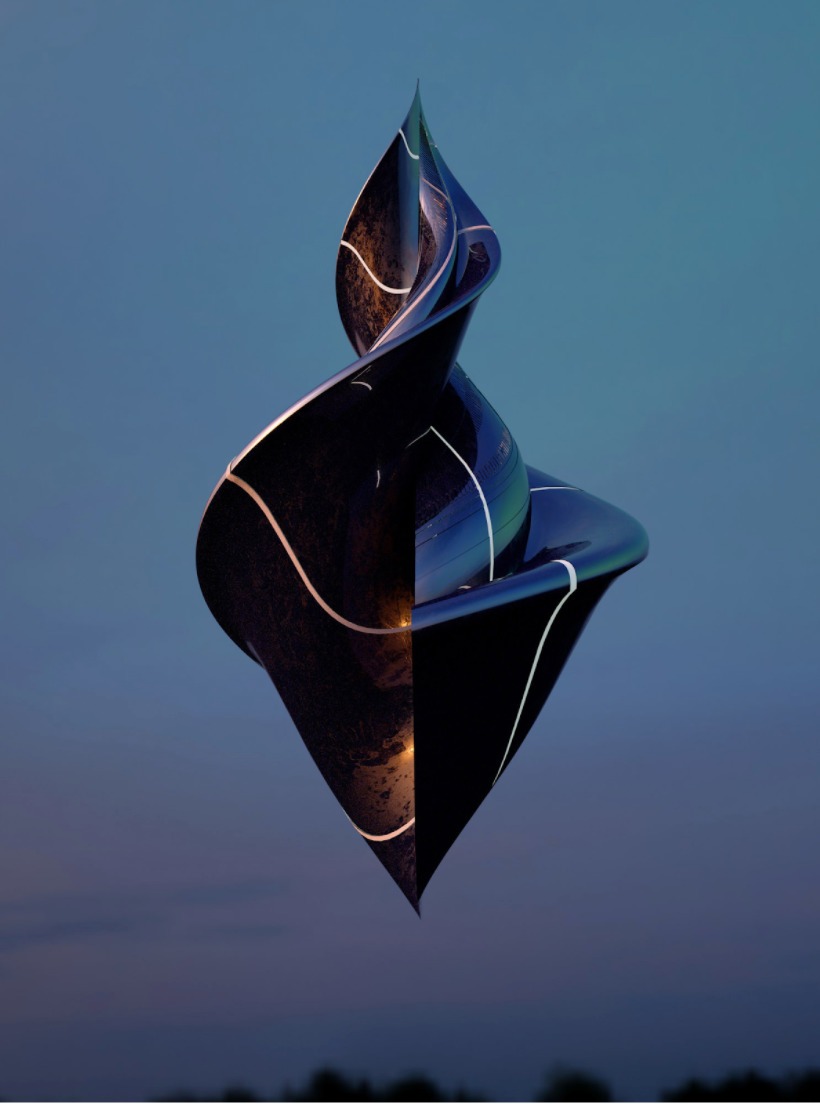
There was an event, a global phenomenon. It has been wiped from history, wiped from our memories, wiped from our records. A few artefacts survived. They hold the clues of those forgotten days, pieces of the forgotten story.
It is a story that speaks of our hopeless greed even when literal blessings rain down from the sky. And we can learn from these surviving clues – the broken artefacts, the tattered news clippings, the video clips, testimonies of madmen, of what transpired in those days that pitted the whole world against each other, the events that consumed our children.
Some say it was a spaceship, but others saw the Mosque. It appeared one day, in the skies above Pakistan, then it was everywhere. Everyone saw it. Space Mosque, the journalists called it, so Space Mosque it became. And it was a miracle for everyone, all 6 billion of us. Upon its arrival every human being on the planet had one prayer answered every 24 hours! It brough hope, it brought fortunes, happiness and joy – our global reality changed overnight. But the human soul is not satisfied with such contentment, so greed, exploitation and cruelty followed soon after.
Prayer became the global de facto currency. Greed and morality were at constant war. But it was the children, with their purity of intention, the children with their power to direct more effective prayers, who paid the ultimate price. For, what is purity of intention in the face of corporate greed? And when it came to light that corporations had taken the children and created prayer farms, this is when the system came crumbling down. Violent riots engulfed cities, enveloped the globe. Who knows what happened then? Maybe the spaceship decided to leave of its own accord. Maybe enough people prayed for it to go and take its memory along. But, one day it was gone. And so was all collective memory of those events.
Who knows what happened then?
–– Saks Afridi
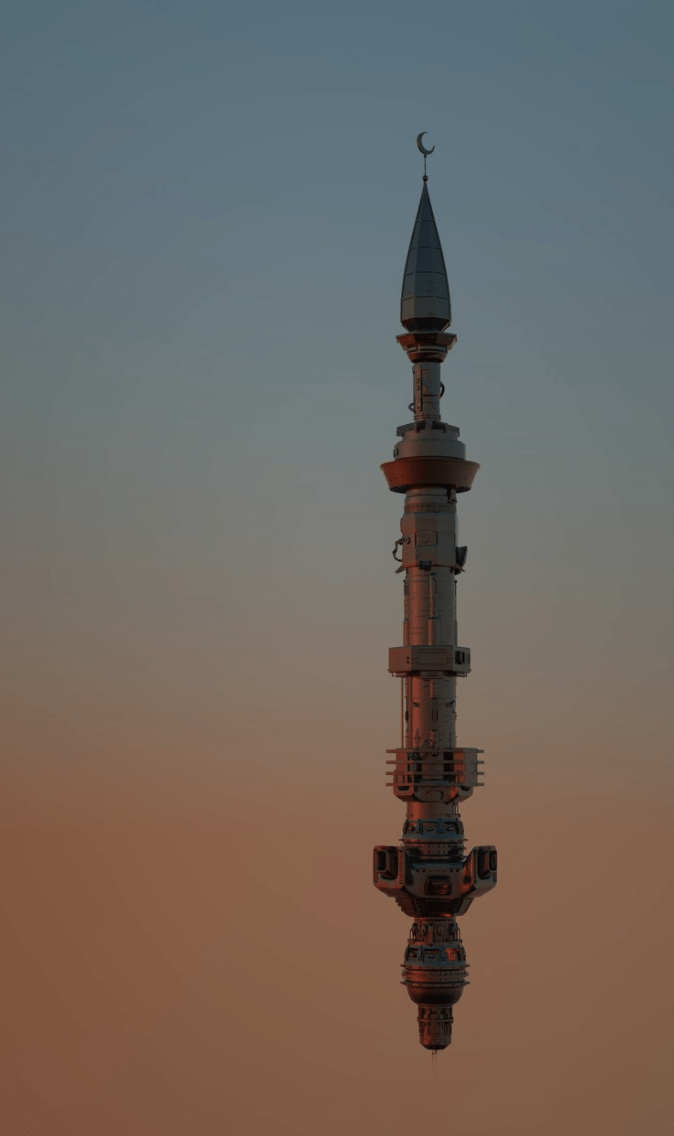
Top image: Saks Afridi, 'Sighting #6*', Print on Aluminum, 2018 ©Courtesy of the artist
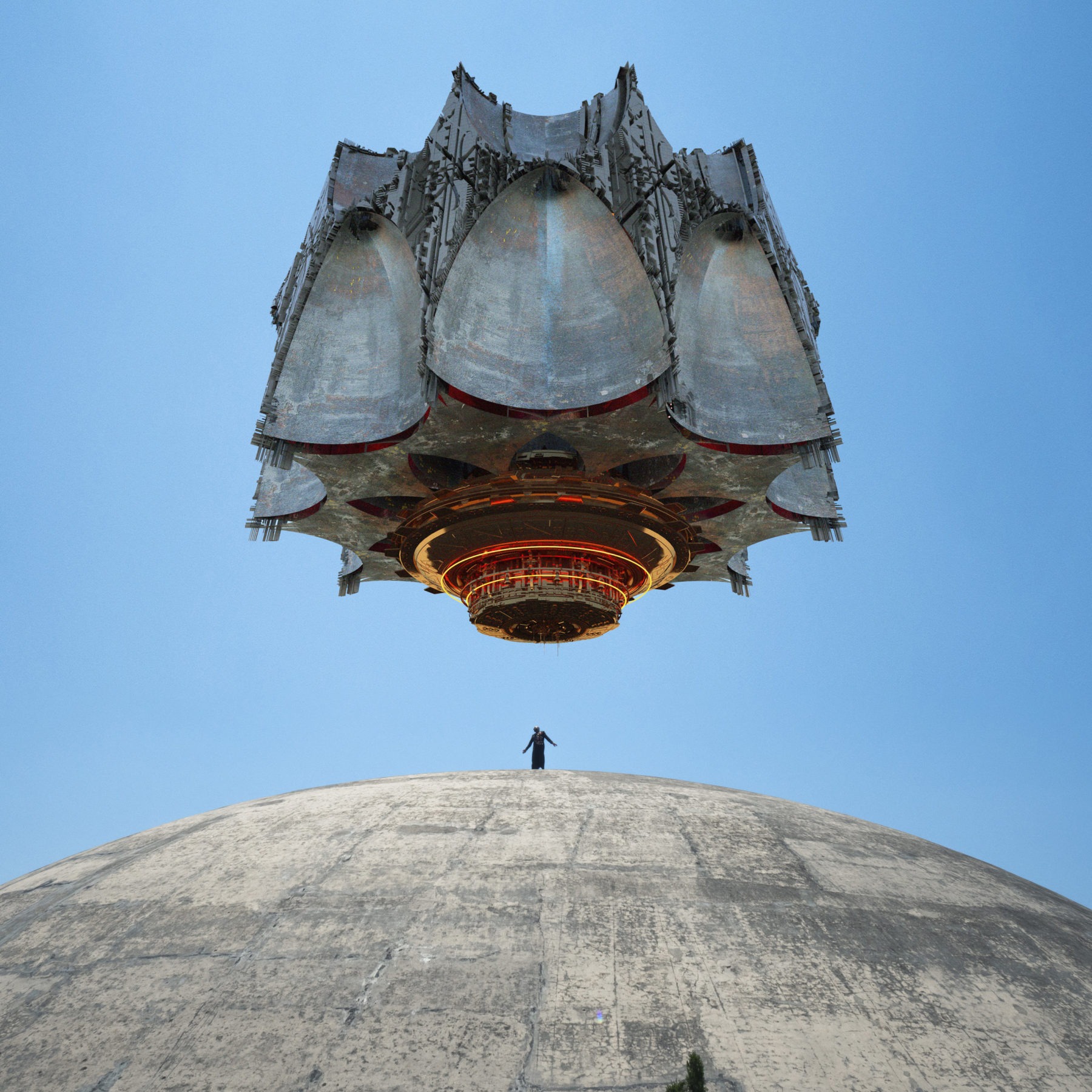
The artefacts have been collected for an exhibition that is touring the world, and you can go and see for yourself, weave together the pieces of the story and decide for yourself how these events transpired.
People have wondered if the events presented in the ‘Space Mosque’ body of works actually happened, because the collection is so thorough, presenting minute details. For instance, the curators have pieced together how the intention of a prayer was transmitted to the spiritual space machine, where there was a decision mechanism that decided which prayers to answer, and then a system that converted these into ones and zeros and turned them into reality. The exhibition presents designs and architectural drawings of all these elements among the artefacts. You can also see specimens of the A.N.G.E.L.S. – anthropomorphic neo-generative energy living systems, the robots that powered the spacecraft through their prayers.
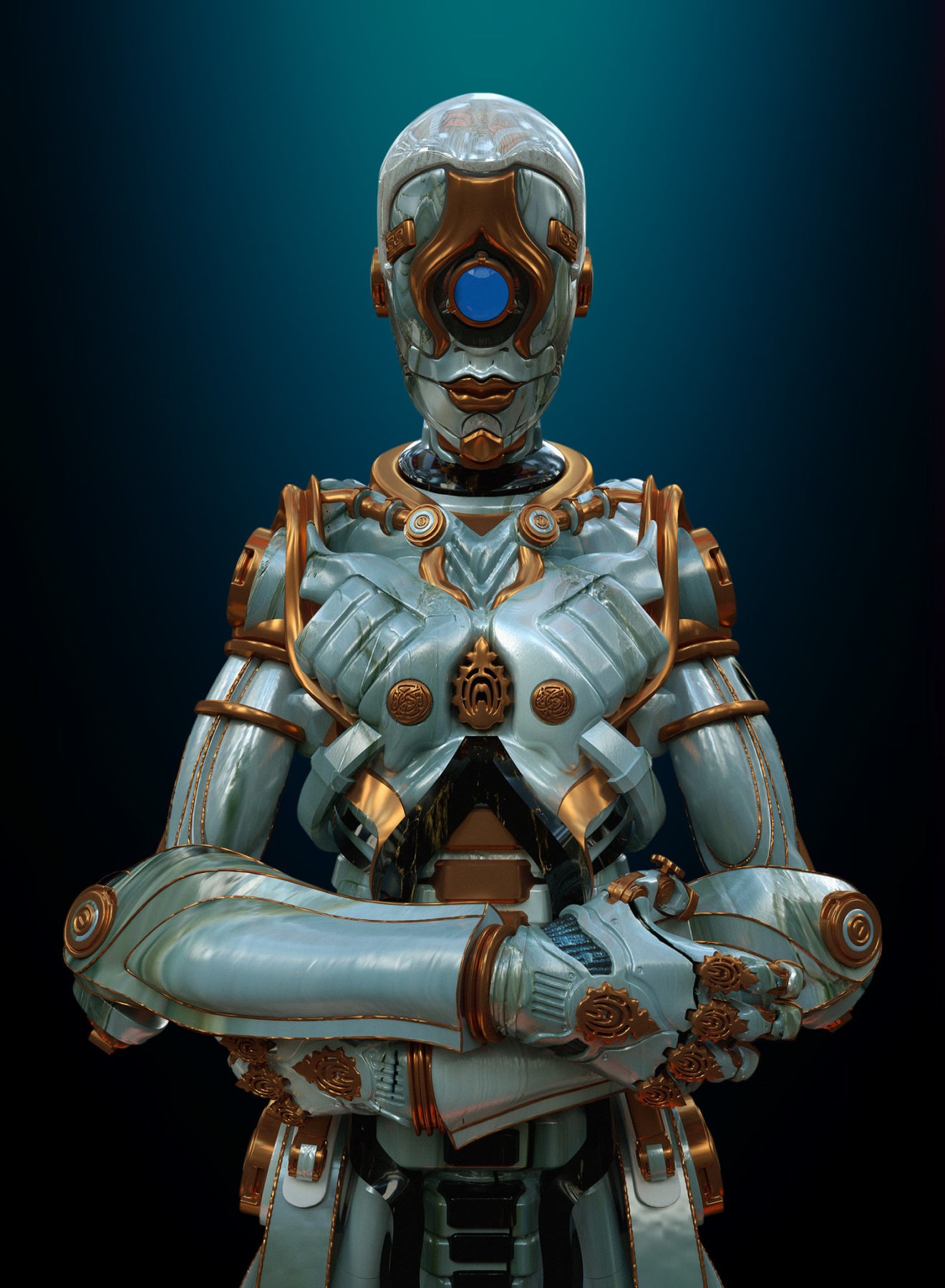
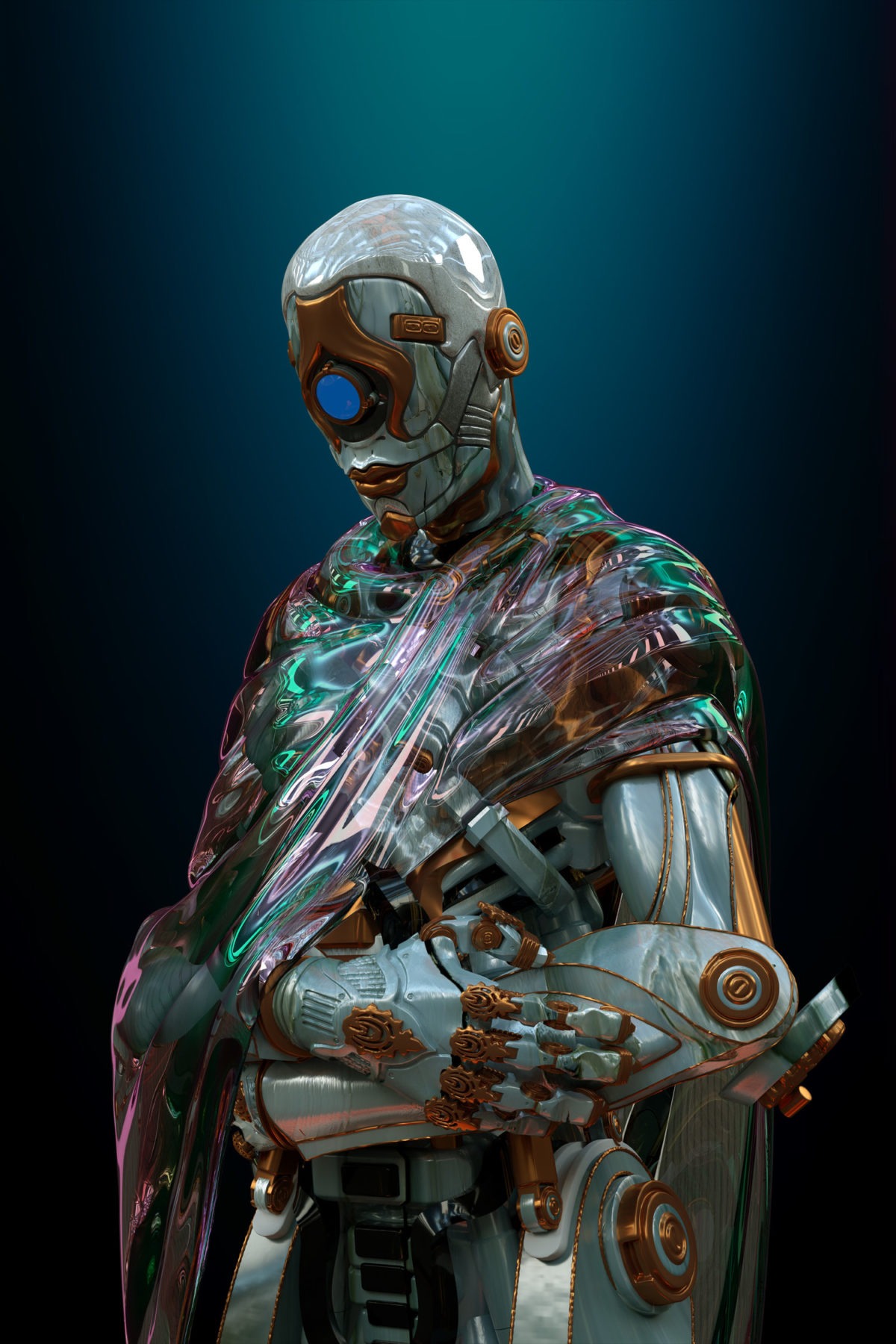
Space Mosque, however, is a para-fictional narrative created by the artist Saks Afridi. It is set in the near past and is based on a fictional global phenomenon that has been wiped from our memories. Afridi was inspired by Islamic mythology and folklore as well as science fiction writers, films, and art in creating this fantastical project. Furthermore, visually he drew inspiration from Islamic architecture combined with sci-fi and space technology aesthetics — combining the spiritual and the futuristic into what he calls Sci-fi Sufism.
“Sufism is about discovering God through love and in a way, this is about discovering galaxies and worlds within yourself,” says Afridi in describing his unique aesthetic and perspective. He combines science fiction storytelling on this journey of discovering galaxies within yourself. In a way, this is similar to Afrofuturism and other futurisms in that it questions existing systems, and envisions a utopian future, a just future. Something that is positive. “I tried to bring that forward in an inspiring way. I think it’s this idea of imagining a new future for us, not just Black and Brown folks, but also a global future as well.”
And while the journalists who witnessed the space craft, called it a Space “Mosque” — it wasn’t necessarily meant to be a singular symbol. “This is not just a Muslim project,” explains Afridi. The craft manifested as a different vision for every eyewitness. Each person envisioned the space craft through their own unique perspective, colored by their expectations, culture and life experiences. “Not just Muslim prayers were answered, everyone’s prayers were answered.” The craft was “above religion. An all-knowing great divine and purity of intention.”
Afridi is currently developing a graphic novel from the concept of the Space Mosque exhibition, and hopes to one day soon realize a tv show or series.
_____
Caveat: This conversation has been redacted and edited for clarity from an artist interview with curator Ingrid LaFleur.
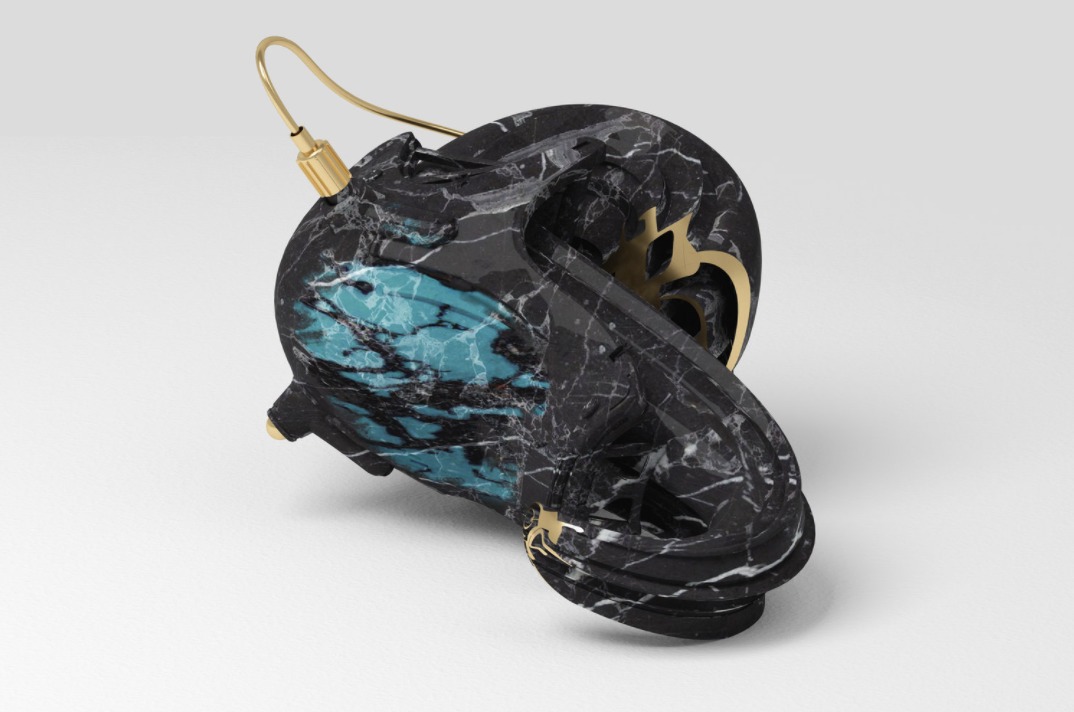
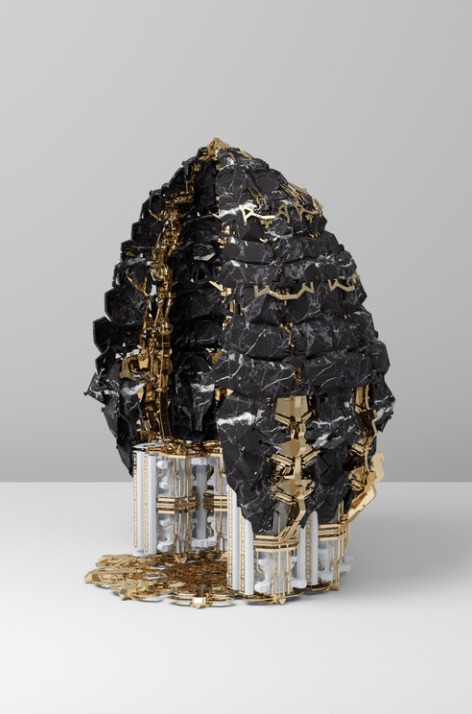
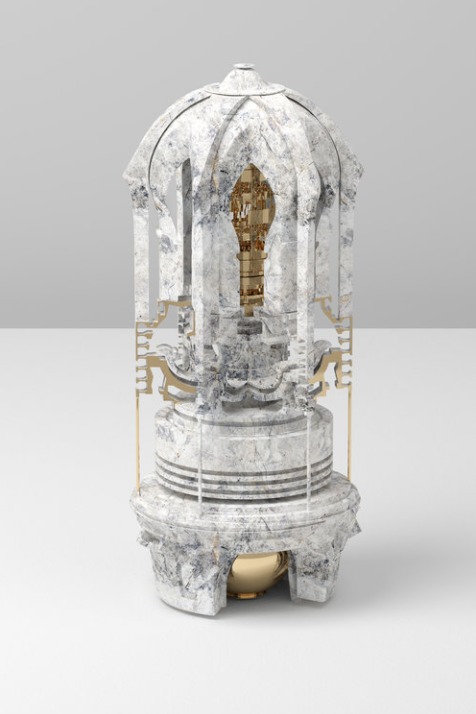
Saks Afridi’s work exists in a genre he terms as ‘Sci-Fi Sufism’, which is about discovering galaxies and worlds within yourself. He tries to visualize this search by fusing mysticism and storytelling. He makes art objects in multiple mediums and he draws inspiration from Sufi poetry, Afrofuturism, South Asian folklore, Islamic mythology, Science Fiction, Architecture and Calligraphy.
His practice also investigates the predicaments and perplexities of the life of an “Insider Outsider”. He defines this as the practice of achieving a sense of belonging while being out of place, finding happiness in a state of temporary permanence, and re-contextualizing existing historical and cultural narratives with the contemporary.
He likes to let the concept lead the medium he works in, and often collaborates with architects, artisans, fashion designers, 3D modelers and fabricators to bring the work to life. Perhaps this is because he comes to art with a background in advertising, as a Creative Director on brands such as MTV, Mercedes-Benz, and more recently, White Castle.
He studied advertising at the Academy of Art and later sculpture at the Art Students League of New York. He is the recipient of Cannes Lion Awards, D&AD Pencils, OneShow pencils and a United Nations Award for Peace & Understanding. His work has been featured in Artforum, The New York Times, BBC, Al Jazeera, CNN, and Stephen Colbert.